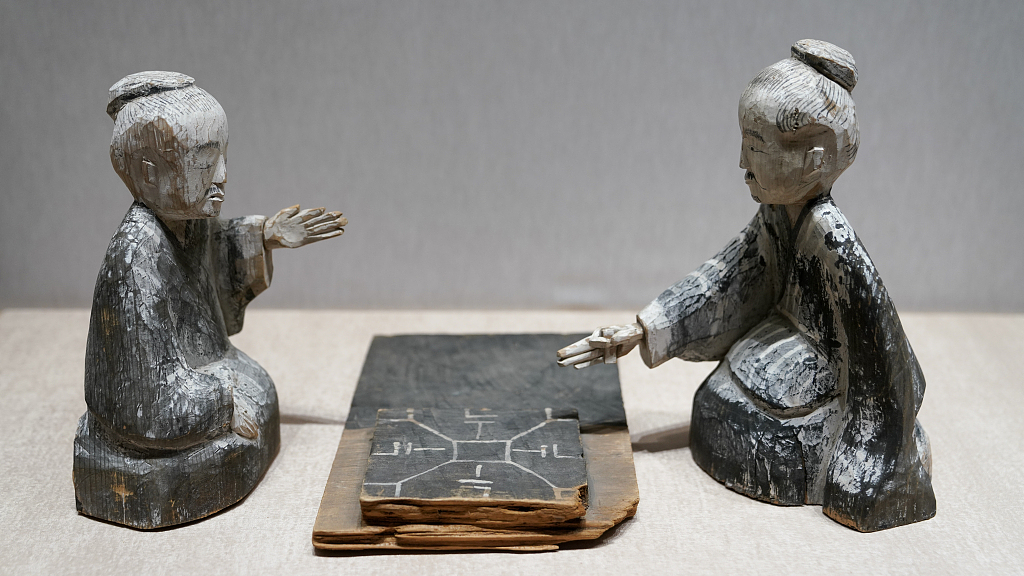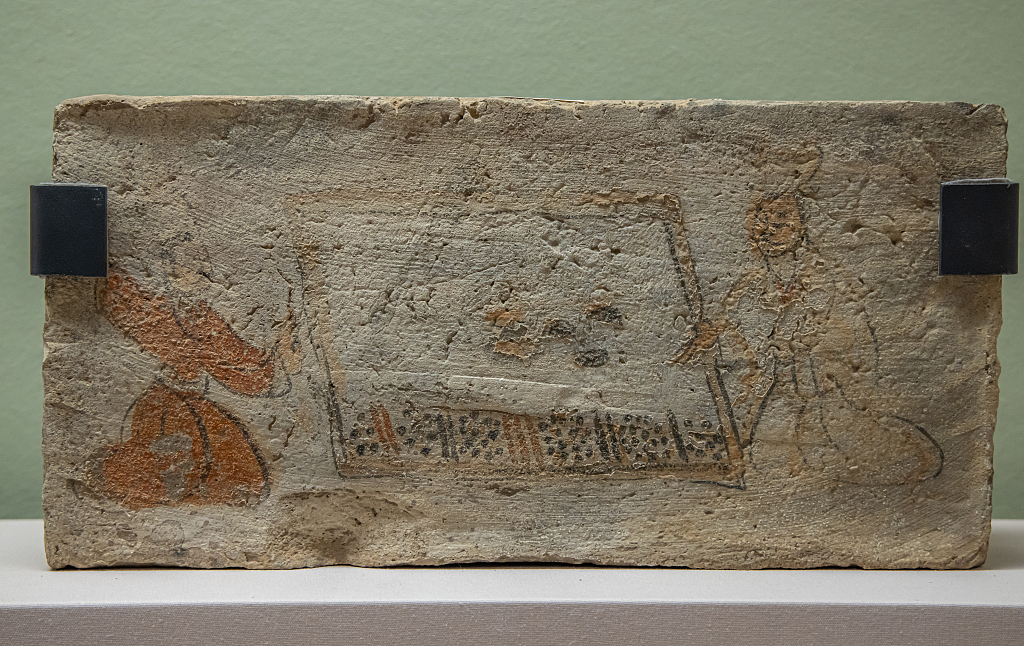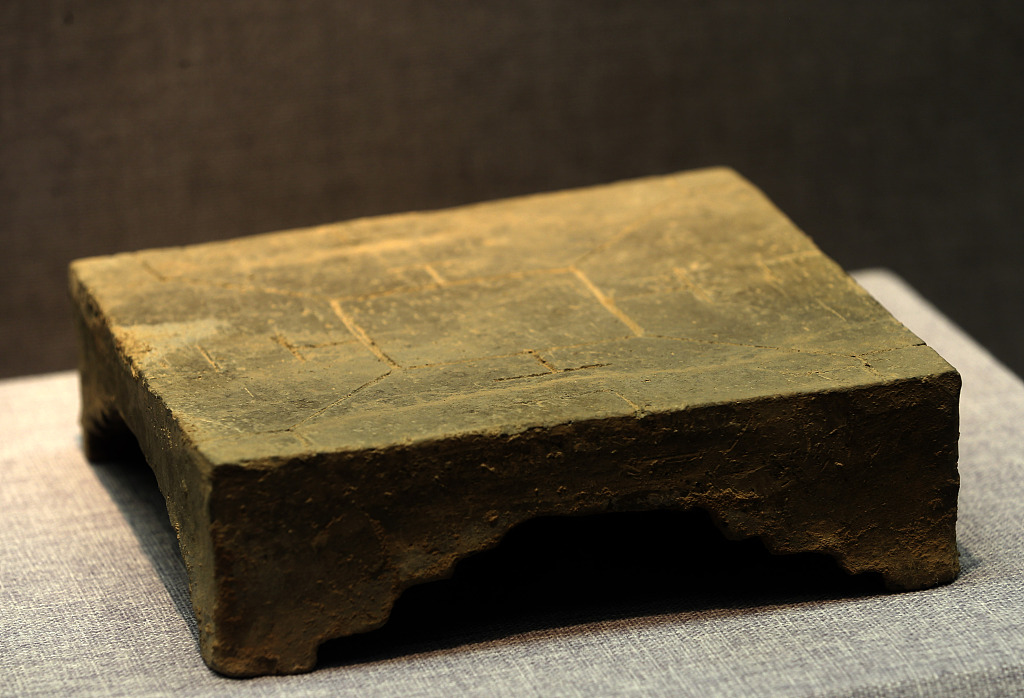
Han Dynasty figurines of people playing liubo is on display at the Suzhou Museum in east China's Jiangsu Province in this undated photo. /CFP
Han Dynasty figurines of people playing liubo is on display at the Suzhou Museum in east China's Jiangsu Province in this undated photo. /CFP
Liubo, the predecessor of Chinese chess, was an ancient board game in China that relied on dice for gameplay. Its origins can be traced back to the Warring States period (475-221 BC) or even earlier. Typically played by two players, the game involved a square board with distinct patterns and grids, along with movable pieces and multiple dice.
While the original rules of the game have mostly been lost to time, it is believed that each player controlled six gaming tokens, which were strategically moved across the intersections of the square board. This board featured a unique and symmetrical design, showcasing the craftsmanship and artistry of the time. The movements of the pieces were determined by tossing six sticks, which added an element of chance and excitement to the gameplay, similar to dice in other games.
Depictions on ancient artifacts vividly portray the passion and enthusiasm of liubo players. Some are shown enthusiastically waving their hands, animatedly pointing at the board, while others raise their arms in triumphant gestures or joyfully applaud their victories. The scenes capture the intense emotions and competitive spirit associated with the game.

A painted liubo mural brick unearthed in Zhangye of northwest China's Gansu Province is seen in this undated photo. /CFP
A painted liubo mural brick unearthed in Zhangye of northwest China's Gansu Province is seen in this undated photo. /CFP
During the Han Dynasty (206 BC-220 AD), liubo reached the pinnacle of its popularity. Intellectual games like liubo gradually gained favor among children, who were drawn to the strategic thinking and mental challenges it offered. Even members of the royal family developed a strong affinity for the game, recognizing its value as a recreational and educational pursuit. This is evident from the remarkable discoveries of numerous liubo boards and sets of liubo game pieces found as valuable offerings in prestigious tombs dating back to that era.
Among the notable findings are the collection of liubo pieces unearthed in the tomb of the King of Nanyue in Guangzhou of south China's Guangdong Province, a testament to the game's widespread appeal, and a bronze board discovered in a Han tomb in Xilin County, south China's Guangxi Zhuang Autonomous Region, showcasing the craftsmanship and artistry associated with the game.

A liubo board from the Eastern Han Dynasty (25-220) is housed at the Luoyang Museum in central China's Henan Province in this undated photo. /CFP
A liubo board from the Eastern Han Dynasty (25-220) is housed at the Luoyang Museum in central China's Henan Province in this undated photo. /CFP
Liubo transcends its status beyond a mere board game; it serves as a window into the mindset and values of ancient Chinese society. By engaging in liubo, individuals could not only entertain themselves, but also sharpen their thinking abilities, cultivate decision-making skills, and experience the elation of victory and the lessons of defeat in a competitive environment.
Today, while liubo might not be played anymore, it continues to be cherished and respected as a treasured part of China's rich cultural heritage. It stands as a historical witness and a significant component of Chinese culture, offering insights into the intellectual pursuits and values of the past.